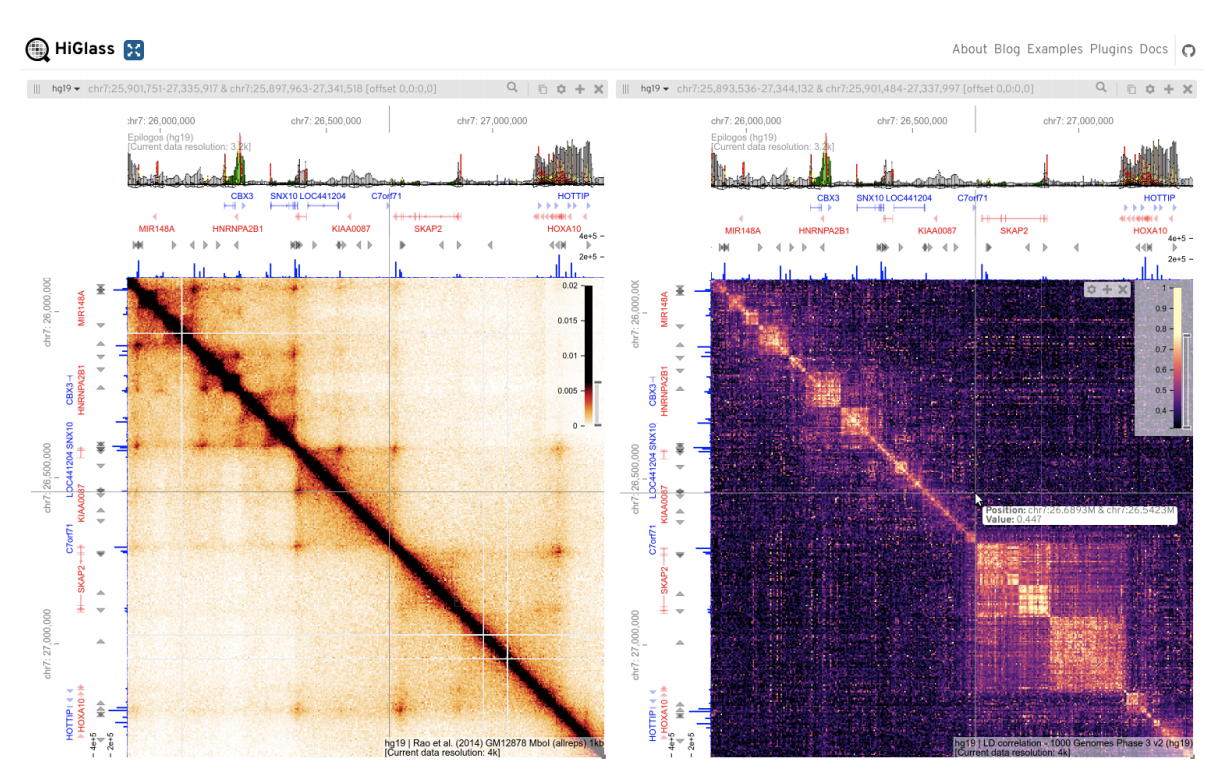Cooler

Methods
linear multiple view multiple scale multiple focus contiguous no abstraction linear orthogonal arrangement within interconnection segment sparse type segment contiguous type point sparse type point contiguous typeTool
| Access Format | programming library |
| Supported Files | other |
| License | BSD (3 Clause) |
| Tool name | Cooler |
| Tool Link | https://github.com/mirnylab/cooler |
| Documentation | https://cooler.readthedocs.io/en/latest/# |
Paper
Cooler: scalable storage for Hi-C data and other genomically labeled arrays
Nezar Abdennur, Leonid A Mirny, Cooler: scalable storage for Hi-C data and other genomically labeled arrays, Bioinformatics, Volume 36, Issue 1, 1 January 2020, Pages 311–316, https://doi.org/10.1093/bioinformatics/btz540
Abstract
Most existing coverage-based (epi)genomic datasets are onedimensional, but newer technologies probing interactions (physical, genetic, etc.) produce quantitative maps with twodimensional genomic coordinate systems. Storage and computational costs mount sharply with data resolution when such, maps are stored in dense form. Hence, there is a pressing need, to develop data storage strategies that handle the full range of, useful resolutions in multidimensional genomic datasets by taking advantage of their sparse nature, while supporting efficient, compression and providing fast random access to facilitate development of scalable algorithms for data analysis. We developed a file format called cooler, based on a sparse data model,, that can support genomically-labeled matrices at any resolution., It has the flexibility to accommodate various descriptions of the, data axes (genomic coordinates, tracks and bin annotations),, resolutions, data density patterns, and metadata. Cooler is, based on HDF5 and is supported by a Python library and command line suite to create, read, inspect and manipulate cooler, data collections. The format has been adopted as a standard by, the NIH 4D Nucleome Consortium. Cooler is cross-platform,, BSD-licensed, and can be installed from the Python Package Index or the bioconda repository. The source code is maintained, on Github at https://github.com/mirnylab/cooler